Northern border provinces such as Lai Chau and Tuyen Quang (formerly Ha Giang ) have long faced a difficult economic problem. The terrain is strongly fragmented, mostly rugged mountains, fragmented arable land and extremely harsh climate. For decades, the livelihoods of ethnic minorities here have mainly relied on corn and upland rice. However, this farming method not only brings low and unstable economic efficiency but also increases the risk of soil erosion and degradation.
Faced with that challenge, in recent years, especially in the period of 2024-2025, the Party Committees and authorities of the two provinces have made a strategic shift. They realized that the cold, fog and altitude (which are disadvantages for food crops) are an absolute advantage for precious cold-resistant medicinal herbs. Instead of trying to stick with corn, people are supported and encouraged to switch to medicinal herbs with many times higher economic value, typically Codonopsis pilosula in Lai Chau and Panax pseudoginseng in Tuyen Quang. This is considered a fundamental direction, not only solving the economic problem but also helping to sustainably reduce poverty for ethnic minorities.
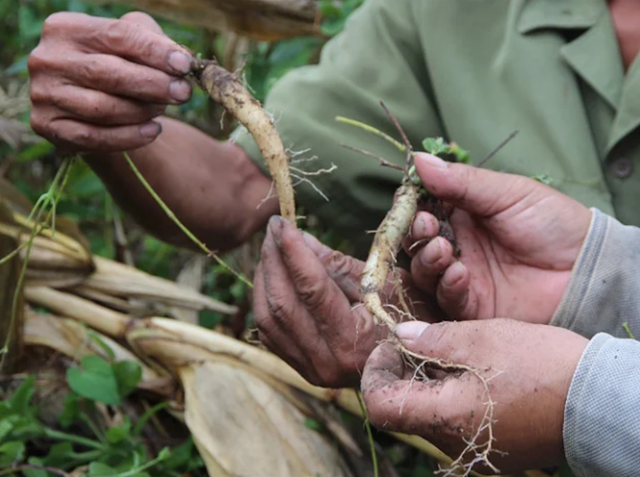
Hundreds of households have been supported with original seeds, trained in organic farming techniques, and given preferential loans for investment.
Lai Chau : Turning corn fields into ginseng orchards
In Lai Chau, especially in highland localities such as Sin Ho, Tam Duong, Muong Te, Codonopsis pilosula (also known as ginseng) is really reviving and becoming a key crop. The province has developed a growing area of up to about 800 hectares, of which Sin Ho district is considered the "capital" of Codonopsis pilosula with more than 500 hectares (as of the end of 2024).
Realizing the huge market demand, Lai Chau province has proactively included Codonopsis pilosula in the key agricultural development program. Instead of exploiting natural resources to exhaustion, the province supports people (mainly Mong and Dao ethnic groups) to bring the plant back to grow in their fields. Hundreds of households have been supported with original seeds, trained in organic farming techniques, and preferential loans for investment. Economic efficiency has changed significantly. On the same area, income from growing Codonopsis pilosula can be 5 to 10 times higher than that from growing corn. Codonopsis pilosula not only withstands frost but also helps to retain soil and prevent erosion better than corn.
The highlight of the 2024-2025 period in Lai Chau is the formation of medicinal plant growing cooperatives. Previously, small-scale growers had uneven products and were often forced to lower prices by traders, but now, joining cooperatives has solved this problem. Cooperatives organize production according to a standard process, ensuring stable quality and output, and are capable of signing large consumption contracts.

Panax pseudoginseng is known as a precious medicinal herb. For many years, farmers in the northern mountainous provinces have grown it, but on a small scale.
Panax pseudoginseng takes root, helping people escape poverty on the rocky plateau
Similar to Lai Chau, the story in Tuyen Quang is also an impressive transformation, especially with Panax notoginseng in the rocky plateaus such as Dong Van, Meo Vac, and Xin Man. By the end of 2024, the province had developed the growing area to about 2,100 hectares, concentrated in districts with suitable climates such as Hoang Su Phi, Xin Man, and some highland communes of Dong Van and Meo Vac. The land that was considered "more rocky than soil", only suitable for corn, has now become the new capital of Panax notoginseng, one of the most precious and expensive medicinal herbs.
Panax notoginseng is particularly suited to cold climates, altitudes above 1,200m and the local soil characteristics. Realizing that this is an ideal poverty reduction tree, the province has had many policies to encourage the Mong people to expand their acreage.
The biggest problem for local ginseng growers in the past was output. They were almost entirely dependent on small traders, and prices fluctuated erratically. In the 2024-2025 period, the province will focus on completely resolving this bottleneck by promoting value chain linkages.
Panax pseudoginseng growing cooperatives were established, playing the role of a bridge. On the one hand, the cooperative guides people to cultivate according to clean standards (VietGAP, GACP-WHO) to increase the content of medicinal substances and ensure safety. On the other hand, the cooperative, on behalf of its members, proactively works and signs stable product consumption contracts with large pharmaceutical enterprises nationwide.
These businesses commit to purchasing at stable prices, even reinvesting in the cooperative in seeds and processing and preservation technology. Thanks to that, farmers no longer have to worry about being forced to pay higher prices. Panax pseudoginseng has now truly taken root on the rocky plateau, bringing in hundreds of millions of dong per hectare of income, helping thousands of Mong households escape poverty sustainably.
Source: https://suckhoedoisong.vn/cac-tinh-mien-nui-phia-bac-chuyen-dich-co-cau-dua-duoc-lieu-chiu-lanh-thanh-sinh-ke-ben-vung-169251119130824445.htm


![[Photo] President Luong Cuong receives President of the Senate of the Czech Republic Milos Vystrcil](/_next/image?url=https%3A%2F%2Fvphoto.vietnam.vn%2Fthumb%2F1200x675%2Fvietnam%2Fresource%2FIMAGE%2F2025%2F11%2F20%2F1763629737266_ndo_br_1-jpg.webp&w=3840&q=75)
![[Photo] Lam Dong: Panoramic view of Lien Khuong waterfall rolling like never before](/_next/image?url=https%3A%2F%2Fvphoto.vietnam.vn%2Fthumb%2F1200x675%2Fvietnam%2Fresource%2FIMAGE%2F2025%2F11%2F20%2F1763633331783_lk7-jpg.webp&w=3840&q=75)

![[Photo] National Assembly Chairman Tran Thanh Man holds talks with South Korean National Assembly Chairman Woo Won Shik](/_next/image?url=https%3A%2F%2Fvphoto.vietnam.vn%2Fthumb%2F1200x675%2Fvietnam%2Fresource%2FIMAGE%2F2025%2F11%2F20%2F1763629724919_hq-5175-jpg.webp&w=3840&q=75)


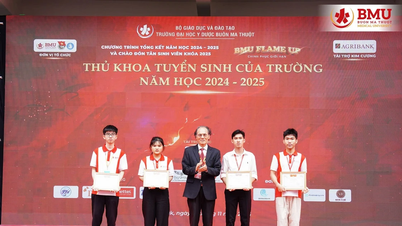






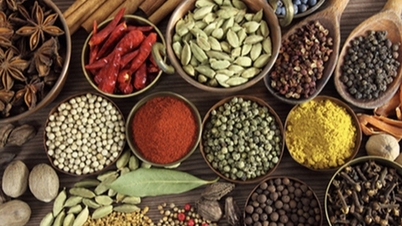
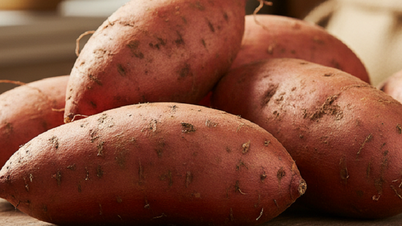
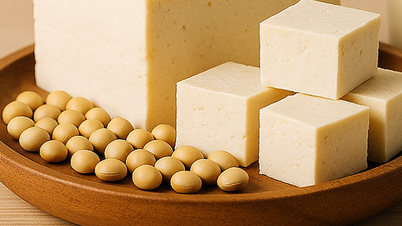





















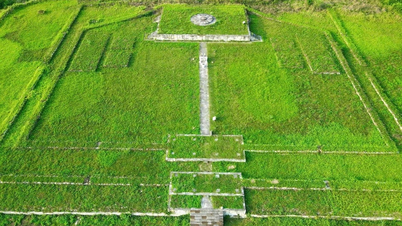






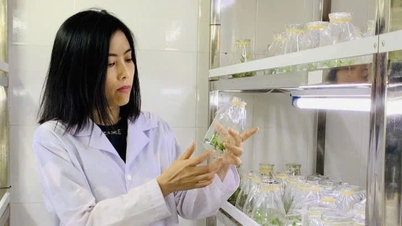




















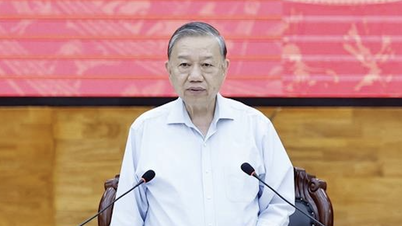



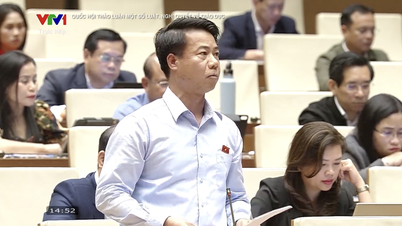




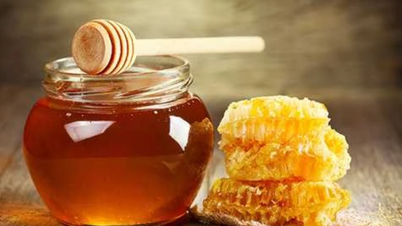



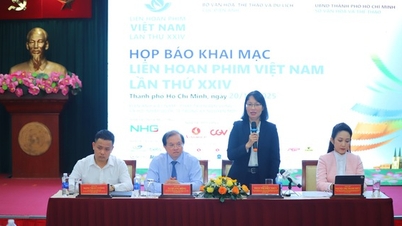


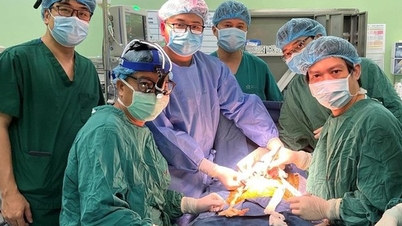

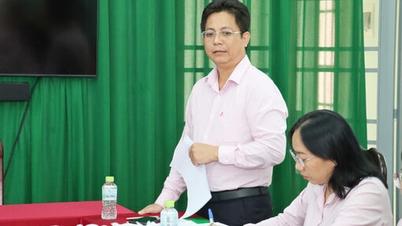




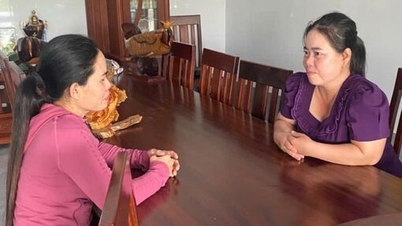
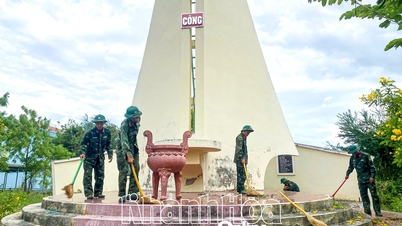

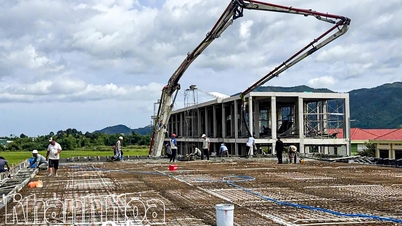


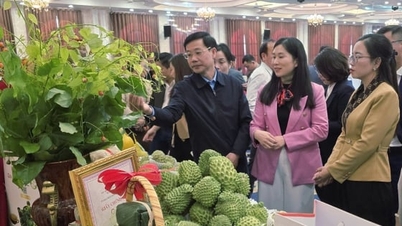











Comment (0)